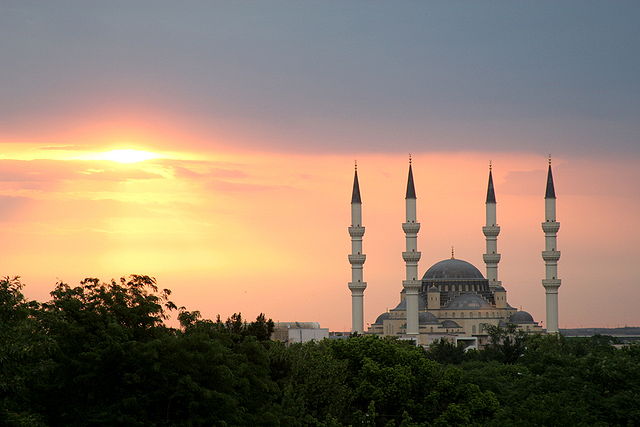
Bennett Briggs
Bordered by Iran, Kazakhstan, Uzbekistan, Afghanistan, and the Caspian Sea, the country of Turkmenistan is 89% Islam. The remaining population is 10% Eastern Orthodox while all other religions account for the remaining 1%.
The laws of Turkmenistan require all religious organizations to register with the national government. After a group has registered, they must additionally receive approval from local authorities to carry out their activities in each city and region. There are numerous provisions against un-registered religions and the sanctions for violating the laws can be severe.
The Council on Religions Affairs (CRA) reports to the president and is the intermediary between the government and the various religious organizations. The CRA oversees all religious activities, including what religious education may take place, the distribution of literature and other materials, and even monitors how clergy are trained (the law stipulates that leaders of religious organizations should have advanced theological training).
While the government does not officially favor any religion, it funds the construction of mosques. As a result of 70 years of Soviet rule, traditional mosque-based Islamic worship did not play a dominant role in society until recently. Rather than congregating in one location, people expressed their religion via pilgrimages, as well as rituals associated with birth, marriage, and death vs. regular prayer meetings at mosques.
National identity is linked to Islam and where almost 90 percent of the population identifies as Muslim, the attitude general reflects the idea that an individual is born into an ethno-religious group and those who depart from these traditions do not have social support or are criticized and harassed.